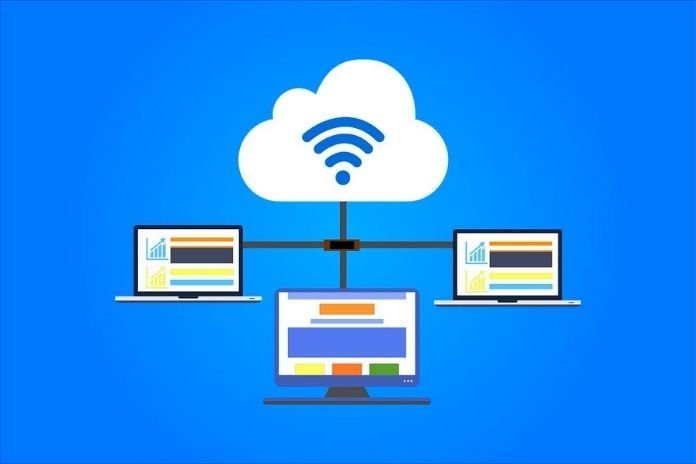Server Less Computing: Companies need to optimize costs to be more competitive and innovate faster and more efficiently. For this to become a reality, investment in technology has a significant weight.
After all, this is an increasingly valuable resource to add value to services and provide a scenario that has contributed to the growth of server less computing in the corporate world. One of the reasons that explain this phenomenon is the possibility of reducing IT expenses without losing the quality of services. In a very intense way, companies seek to improve the execution of work without compromising financial health.
In this article, we will explain several factors related to technology responsible for making cloud computing even more interesting for companies. Check out!
What Is Server Less Computing, And How Does It Work
Typically, the cloud computing provider must manage the cloud infrastructure and scale the applications. However, this situation does not occur with server less computing because applications are made in containers, which automatically act on demand when triggered.
In the standard Infrastructure as a Service (IaaS) model, companies purchase capacity units. In this case, the public cloud provider offers server resources that will always be active regardless of demand. In other words, the cloud infrastructure will continue to be available even when applications are not needed.
Regarding the server less architecture, applications are only used when there is a specific demand from the customer. In this situation, an event can trigger application code for the public cloud provider to allocate resources as quickly as possible.
Another plus point is that users don’t have to pay for the additional service at the end of the run. In this way, server less computing helps to expand efficiency and generate savings. In addition, it allows developers not to waste time on routine and manual activities related to server management.
It is also worth noting that routine jobs are performed by the cloud service provider in the server less model. So no more wasting hours on file and operating system management, security patching, capacity management, monitoring, scaling, and logging tasks.
A company can count on a completely server less application. It can also have this feature of partial microservices and standard features. To make a good choice in this regard, it is recommended to have qualified IT support to analyze how the technological Infrastructure can be used as efficiently as possible.
What Are The Advantages Of Server Less Computing?
A company is undoubtedly capable of taking full advantage of the benefits of this technology. To help you visualize this clearly, we will present the advantages offered by this computing model. Follow up!
Increase Developer Productivity
In a scenario where the team’s capacity must be used strategically, freeing developers from manual and repetitive activities is an excellent step toward making services more dynamic and focused on results.
Server less computing allows employees to have more time to work on software development, a critical factor in providing services that add value to the target audience.
Wasting time and talent on routine actions is a mistake that should be avoided as much as possible. Therefore, it is essential to have a resource that gives the team of developers more freedom to create and innovate.
Reduce Operating Costs
Reducing expenses has become an increasingly important activity for organizations. After all, it is necessary to take advantage of available resources efficiently and strategically to overcome the challenges imposed by digital transformation.
Reducing operating costs becomes perfectly feasible with server less computing, as this model allows for payment only for the cloud computing resources used according to demand.
However, this is not possible when a company chooses to run and manage its servers on an ongoing basis. It is a detail that cannot go unnoticed, especially by IT managers, who must reconcile remarkable results with the intelligent use of the budget.
Make It Easy To Use DevOps
One of the significant challenges of the Information Technology segment is to make the development and infrastructure teams work in a more aligned and simplified way.
An excellent option to achieve this goal is DevOps, which consists of practice to accelerate software creation and make it available on servers within the best market procedures.
Through server less computing, it is simpler to put DevOps concepts into practice. This is because system developers do not need to spend time with a detailed description of the ideal Infrastructure for software provisioned by the operations team.
Depending on the situation, it is necessary to gain the agility to make a system or update a tool available to the target audience. Therefore, it is crucial to adopt alternatives that make services more straightforward and agile.
Also Read: The Future Of Digital Marketing Changed By Artificial Intelligence












